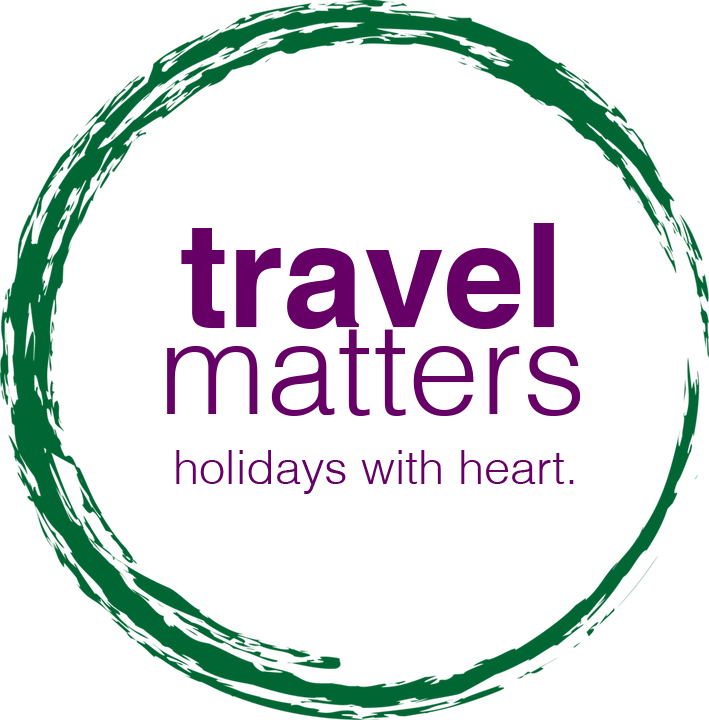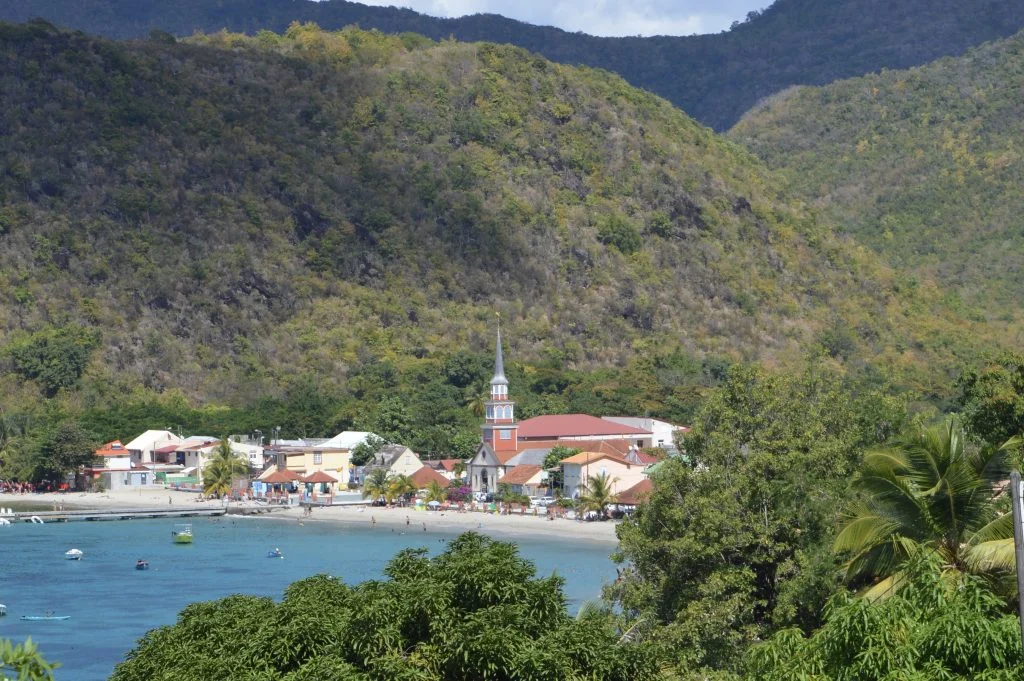Dr. Bremley Lyngdoh, founder and CEO of Worldview Impact Foundation (WIF), is leading the way in the reforestation on our planet.
Travel Matters has been supporting tree planting projects around the world through our partnership with Trees for Cities and we realise how tremendously important it is to measure and try to off-set our carbon footprint or may be even journey to net zero.
We consider Dr Lyngdoh such an inspiration and we are very honoured to partner with his work.
Over the last 27 years since Bremley left his hometown in northeast India, he worked in 75 countries developing a range of innovative projects in Asia, Africa and South America aimed at producing ecologically sound and economically viable activities that contribute directly to reducing rural poverty, and generating productive sustainable livelihoods for vulnerable local communities and young people.
As the warrior son of mother Earth he has planted 27 million trees with different partners over the years in Myanmar, India, Sri Lanka, Nepal, Bhutan, Brazil, Mexico, Colombia, Kenya, Uganda, Democratic Republic of Congo, China, USA, UK and many other countries to help restore the balance on our planet.
Dr Lyngdoh's goal is to plant an incredible1 billion trees by 2030 to drawdown many tons of CO2 from the Earth’s atmosphere to slow down climate change and secure the future of generations to come.
His work in southwest Myanmar and northeast India is particularly impressive. The mangrove trees he has been planting will play a big part in restoring the climate around coastal regions of Myanmar. And Dr. Lyngdoh does not hesitate to use the best technology to achieve his goals! WIF has partnered with Biocarbon Engineering to plant mangrove seeds through drones. A small fleet of these drones can plant up to 400,000 seeds in a day along with mapping out best places to plant the trees by collecting data about soil health, topography and growth of already existing plants. How brilliant is that!
Here at Travel Matters we share Dr. Lyngdoh's values and believe that the absence of travel due to the pandemic will result in people re-evaluating their relationships with others and with the environment. We all must stand up for key issues such as diversity, inclusion, human rights, improvement of livelihoods, elimination of food poverty and better mental and physical health and contribute to positive social and economic change.
We’re dedicated to showing how travel, when done right, can impact the world in a positive manner using tourism as a force for good. With this in mind, we are launching our Unique Retreats and journeys with purpose - sustainable holidays designed with you and the environment in mind and that bring you closer to the countries you visit.
Photos by Joel Vodell and Timothy K on Unsplash










